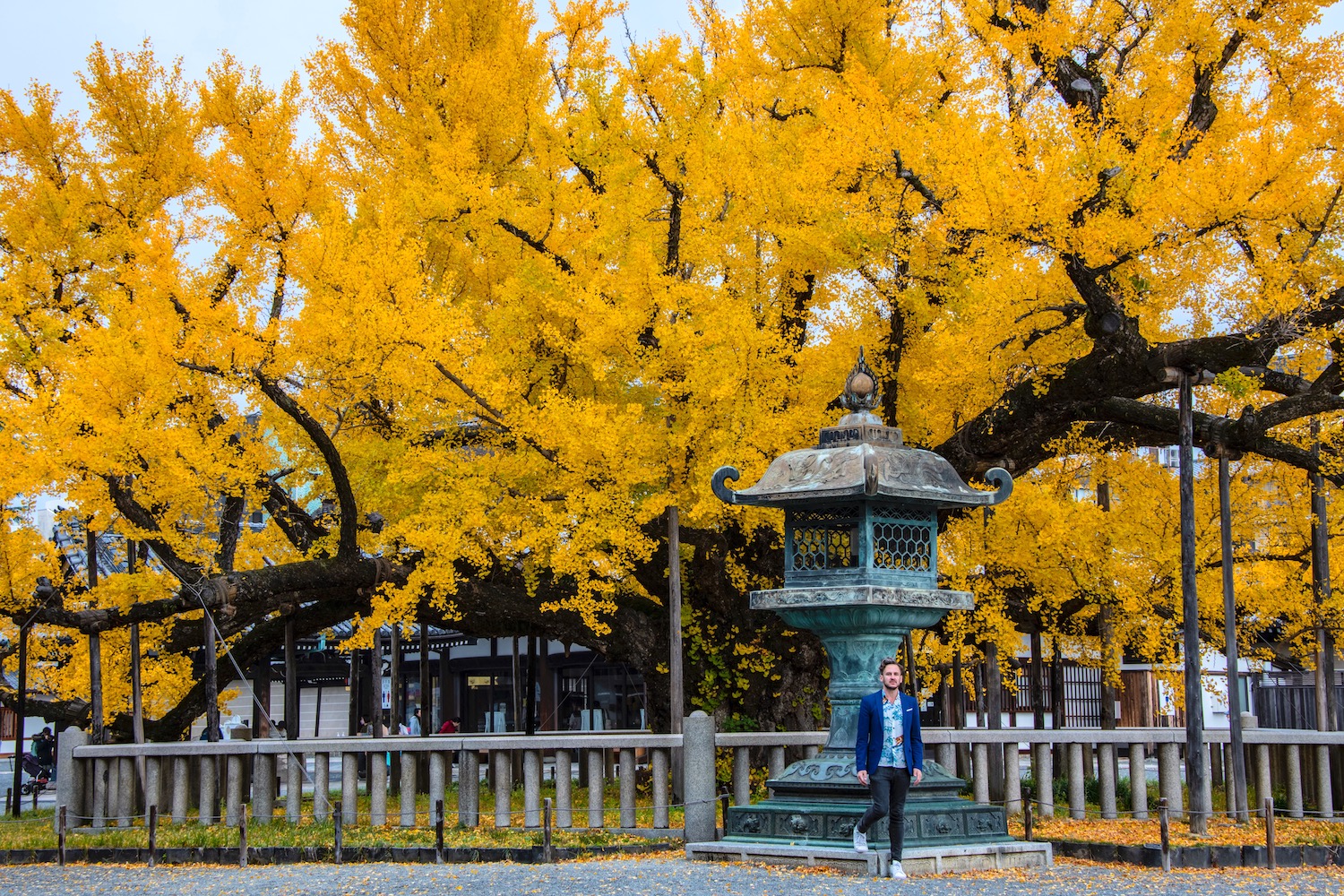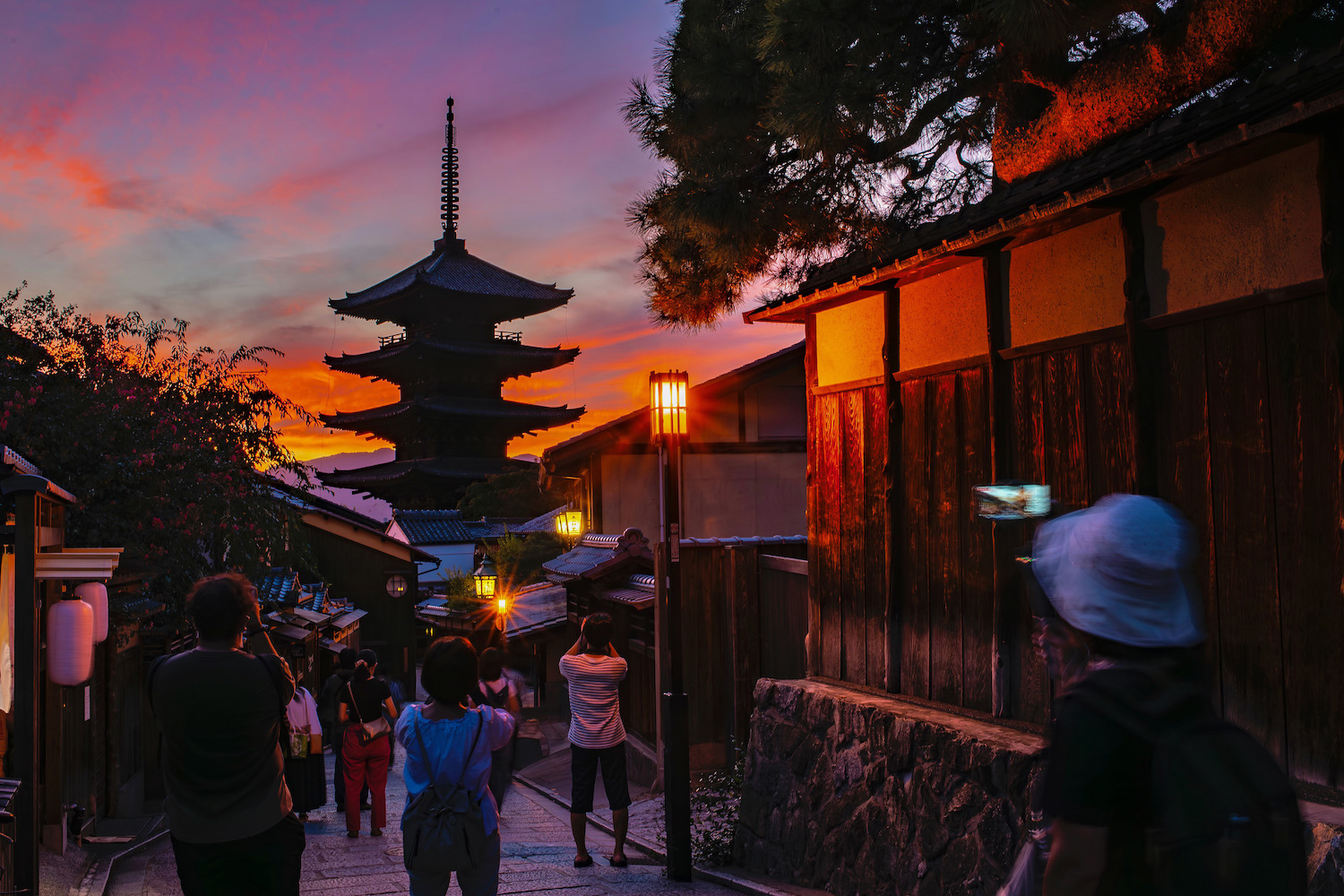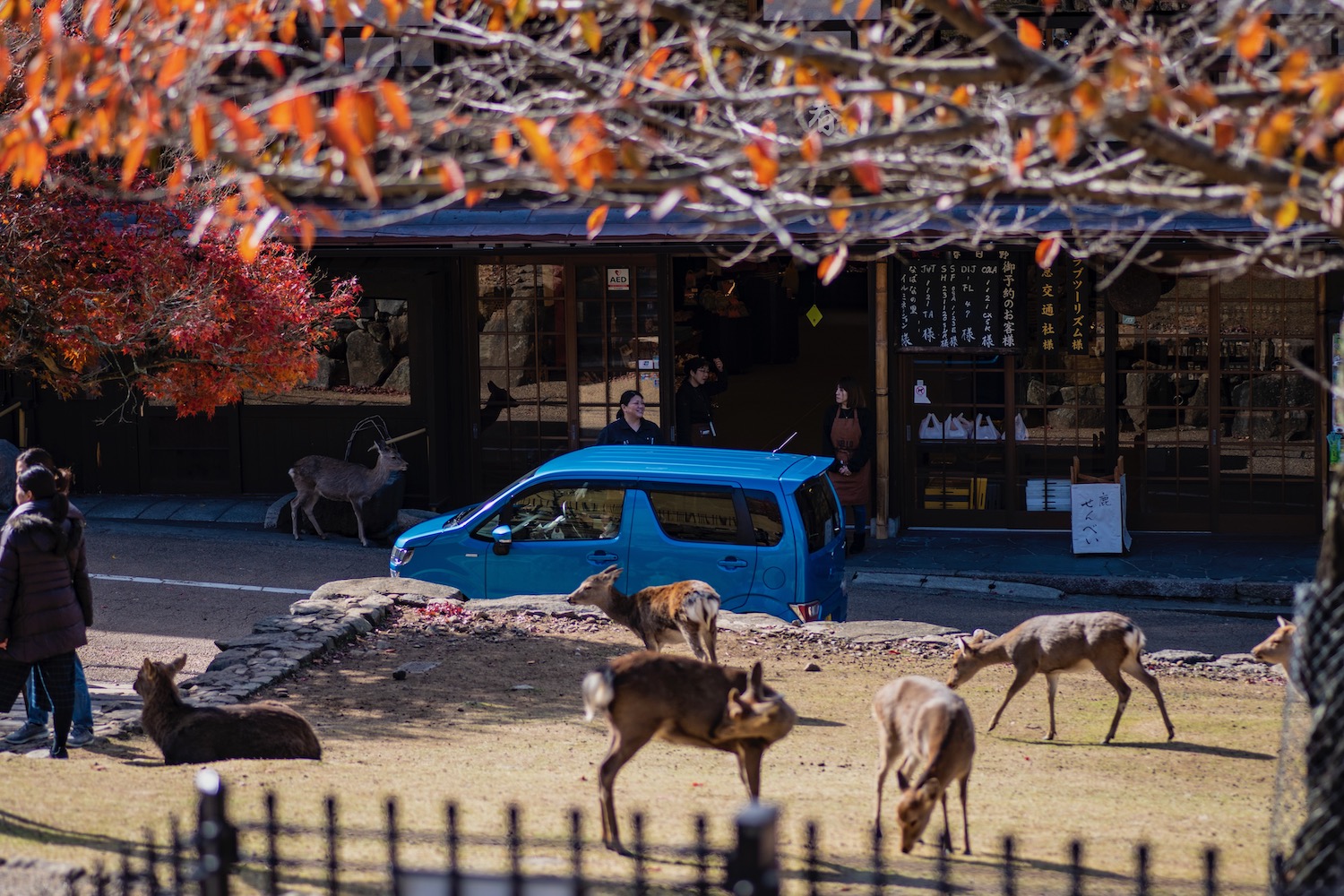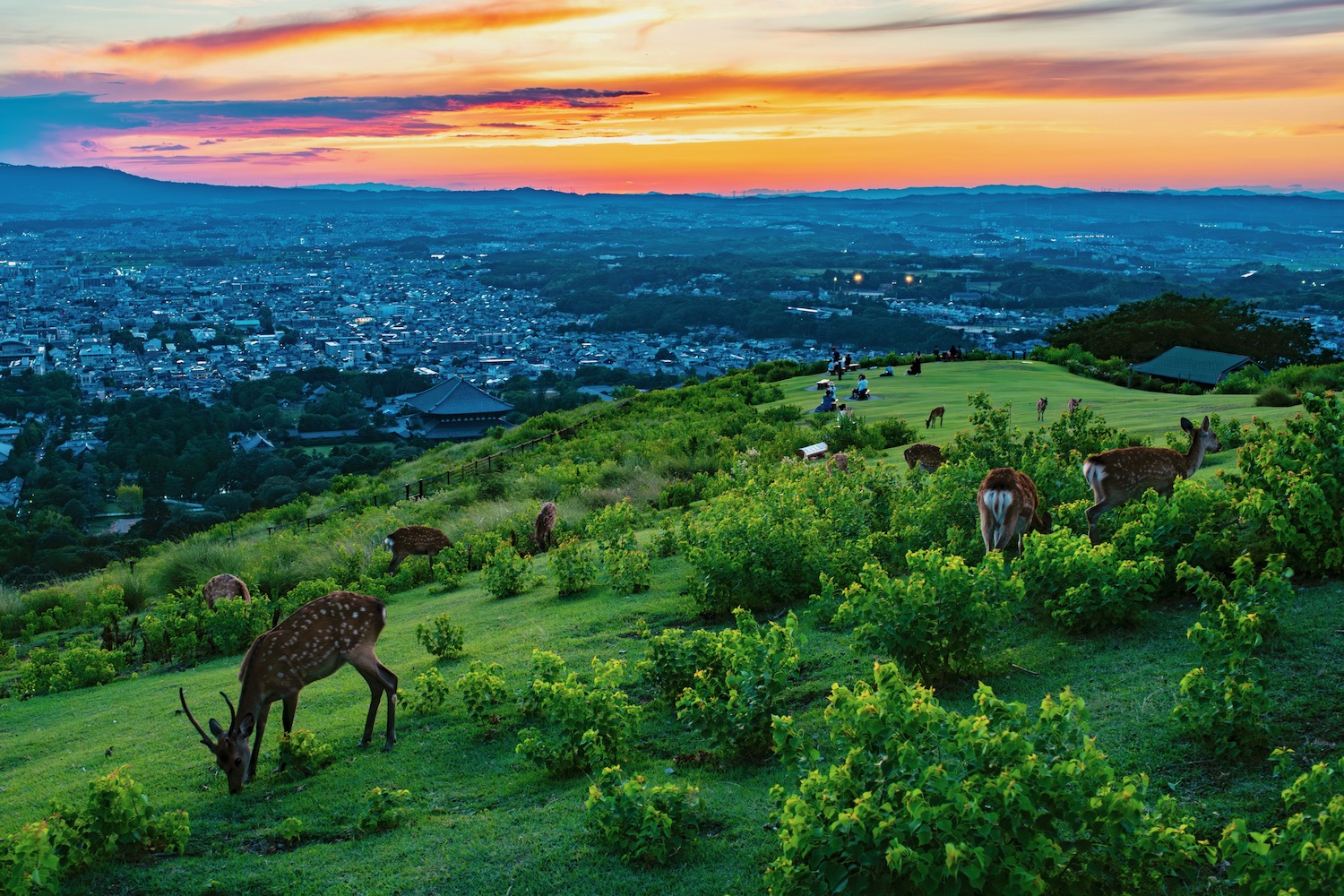If you’ve followed this blog for any amount of time, you’re likely aware of my strong admiration for Kyoto. Yes, it is a tourist hotspot, but it’s also my former home. This vast city is rich in history, providing countless opportunities to avoid the crowds throughout the year if you make the effort.
I mention this not because my feelings about Kyoto have changed—they haven’t—but because I’ve recently come to entertain an unexpected perspective: for certain types of travelers, Nara might serve as a better overnight base than Kyoto.
It’s important to clarify that I am not suggesting you choose between Kyoto and Nara; I believe everyone should visit both cities at least once. However, there is more to discuss than just comparing them.
My Experience Staying Overnight in Nara
I never really compared Kyoto and Nara until I spent a night in Nara—something that, as of this post’s initial publication, is a fairly recent experience for me. Before that, it wasn’t a fair comparison. Kyoto is a place where you can spend days (or even months, as I have); Nara, on the other hand, was somewhere I simply visited for a few hours.
Whether it was the stunning sunset I witnessed from Wakakusayama, the fact that I was there during the annual lantern festival, or the tranquility I felt waking up at 5 AM with just me, the deer, and a handful of locals, I now believe there’s a strong argument for Nara being a better base for exploring Japan’s Kansai region than Kyoto.



Kyoto
Comparing Kyoto and Nara
Transport and Walkability
One of the aspects I love about Kyoto is how easy it is to get around. Distinct neighborhoods like Higashiyama and Arashiyama are highly walkable, and a straightforward subway and local train system (along with a manageable number of bus routes) connects them to more remote destinations. In contrast, in Nara, you may never need to board a bus in the city center, especially if you arrive via the Kintetsu line.
Accommodation Options
If you’re visiting Nara on a day trip, you might not consider the accommodation options available there. However, as you might expect, Nara has fewer hotels, and those that exist tend to be less luxurious. While Kyoto offers a wide range, from the minimalist Ryokan Kyoraku to the lavish Hotel the Mitsui, Nara’s options are generally more modest, such as Miroku Nara and Hotel New Wakasa.
Cityscape
Like Kyoto, Nara’s city center resides in a valley bordered by mountains. However, unlike Kyoto, Nara lacks a modern skyline, allowing iconic structures like the Kofuku-ji five-story pagoda and the Todai-ji temple to stand out more prominently than most of Kyoto’s landmarks—except perhaps the towering Hokan-ji pagoda in Higashiyama.
Dining and Nightlife
When it comes to selecting between Nara and Kyoto for dining and nightlife, there’s really no competition. While Nara does have some excellent restaurants and bars—such as Lamp Bar, arguably the best cocktail spot in all of Japan—the sheer variety of dining options available in Kyoto (from casual eateries in Nishiki Market to upscale obanzai establishments along the Kamo River) far surpasses anything Nara has to offer.
Day Trips and Excursions
Nara is frequently visited as a day trip from Kyoto, but it’s not the only option available. Many travelers venture west from Osaka to explore Himeji Castle and Kobe; others may head east to Lake Biwa or even northward to the often-overlooked Obama and the area known as “Kyoto by the Sea”. Staying in Nara opens up additional day trip possibilities like Mt. Yoshino and Asuka, although it generally makes accessing other regions of Kansai more challenging compared to staying in Kyoto.




Nara
Choosing a Base: Nara or Kyoto?
This makes sense, as Nara is older than Kyoto and served as Japan’s capital for a longer period during a crucial time in the nation’s history. The city is home to some lesser-known attractions, offering more opportunities for discovery. The key is to avoid reducing the Nara vs. Kyoto discussion to a value judgment and instead focus on comparing the cities without ranking them.
Additional FAQs About Visiting Nara and Kyoto
Is Nara as Crowded as Kyoto?
During the daytime, Nara can actually feel even more crowded than Kyoto, especially along the tourist route from Todai-ji temple to Nara Park, Kasuga Shrine, and Kofuku-ji temple. However, if you stay overnight, evenings and mornings are virtually empty. This tranquility allows for a deeper connection to Nara’s ancient history, something that’s not as easily achieved in Kyoto.
Is it Better to Stay in Nara or Visit on a Day Trip?
If your only option to experience Nara is a day trip, then by all means take it. Nara is simply too remarkable a city to miss. However, if possible, I highly recommend spending a night there. I did, and it completely transformed my view of the city for the better.
Can I Visit Both Nara and Kyoto in One Day?
If you plan carefully and limit your destinations, it is possible to visit both Kyoto and Nara in one day. Nara pairs particularly well with Kyoto’s Fushimi Inari Shrine, given their proximity on the same train line. However, to truly experience both cities, you would need at least two full days, and preferably even longer.
The Bottom Line
Which city—Kyoto or Nara—is better for travelers? I believe that’s not the right question. Both cities offer unique experiences and, given their historical significance as previous capitals of Japan, are filled with rich history, culture, and tradition that could take a lifetime to explore. This post aimed to highlight Nara as a potentially more tranquil base for exploring Japan’s Kansai region. If this is the kind of guidance you’re seeking for your trip, consider commissioning a custom Japan itinerary. I can simplify your planning and help you save your energy for those spontaneous discoveries once you arrive.



